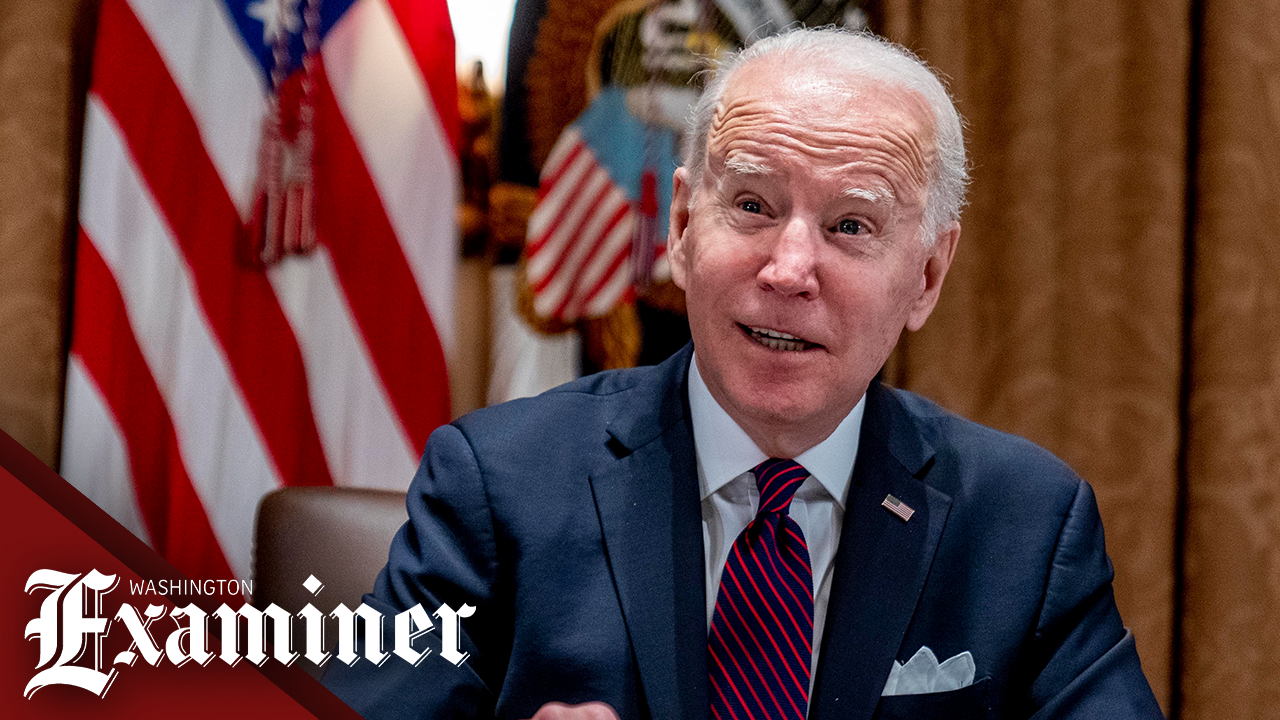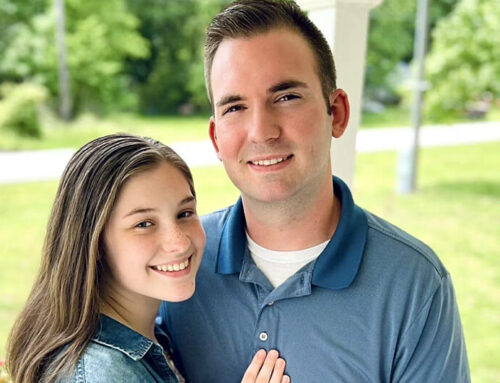by Mike Brest
February 2, 2022
-Washington Examiner
President Joe Biden has decided to deploy thousands of troops to and within Europe amid the Russia-Ukraine standoff.
Biden’s decision, which the Pentagon announced on Tuesday, comes as the United States continues to attempt to thwart off a possible Russian invasion of Ukraine as the former has amassed a military buildup of more than 100,000 troops around the Ukrainian border in both the latter and in Belarus.
Roughly 2,000 troops from Fort Bragg, North Carolina, will deploy to Poland and Germany, while another 1,000 or so will re-position from Germany to Romania, joining the roughly 900 U.S. service members who are already there. Among the first group, roughly 1,700 of those service members are from the 82nd Airborne Division, while the rest is from the 18th Airborne Corps.
The deployment represents the U.S.’s first major troop movement since the standoff began, though Pentagon spokesman John Kirby noted that the U.S., at this time, will not be sending troops into Ukraine specifically.
Biden’s decision comes a day after Russian President Vladimir Putin, in his first public remarks on the situation, accused Western officials of having “ignored” his core demands for how to avert a military crisis in Europe.
“The fundamental Russian concerns were ignored,” Putin said Tuesday, following a meeting with Hungarian Prime Minister Viktor Orban.
NATO Secretary General Jens Stoltenberg applauded the move on Tuesday afternoon.
“I welcome the U.S. decision to deploy additional forces to Germany, Poland, and Romania, further bolstering NATO’s collective deterrence and defence,” he said. “This is a powerful signal of U.S. commitment, and comes on top of other recent U.S. contributions to our shared security — including 8,500 troops at high readiness for the NATO Response Force, and the USS Harry S. Truman carrier strike group under NATO command in the Mediterranean.”
The deployment comes roughly a week after the president placed 8,500 U.S. troops on “heightened alert” for a possible deployment to Eastern Europe, though these are not the troops who will deploy immediately because they are specifically meant for a NATO response force, if it gets activated.
“All of these forces are separate and in addition to the 8,500 personnel in the United States on heightened alert posture that I announced last week,” Kirby told reporters on Tuesday. “Those 8,500 are not currently being deployed but remain ready to move if called for the NATO response force or as needed for other contingencies as directed by the secretary or President Biden.”
Secretary of State Antony Blinken ordered “eligible family members” of U.S. diplomats in Ukraine to leave last month, and the State Department is allowing “non-emergency U.S. government employees” to depart if they so choose. The State Department gave the same order for those in Belarus over the weekend.
In a joint press conference last week, Defense Secretary Lloyd Austin and Gen. Mark Milley, chairman of the Joint Chiefs of Staff, reiterated the widely held belief among government officials that Putin likely hasn’t definitively decided to invade, though they warned of the consequences of such a move.
The Russian military could seize “cities and significant territories,” Austin warned, while Milley said, “Given the type of forces that are arrayed, the ground maneuver forces, the artillery, the ballistic missiles, the air forces, all of it packaged together, if that was unleashed on Ukraine, it would be significant, very significant, and it would result in a significant amount of casualties.”
While the troops deployed on Tuesday will not go into Ukraine, there are roughly 165 Florida National Guard members deployed in Ukraine executing a train-and-advise mission to develop the Ukrainian Armed Forces’s Combat Training Center, Yavoriv, and they have been there since 2015.




